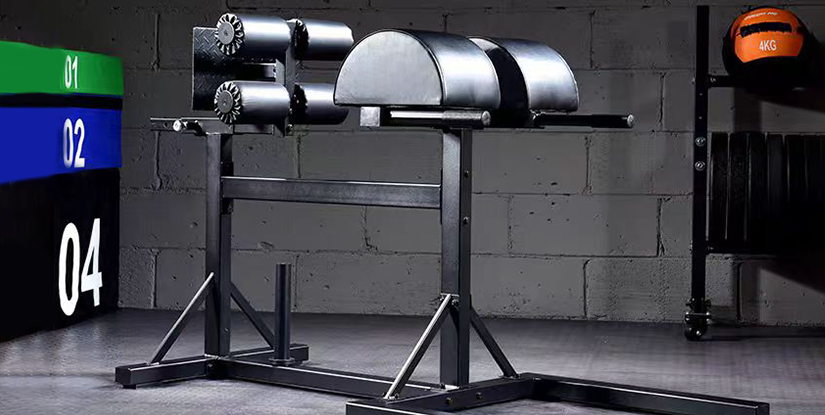Wide Lateral Pull Down: Technique, Benefits, Variations & Programming

Overview of the Wide Lateral Pull Down
The wide lateral pull down is a staple back exercise performed on a cable machine using a wide grip bar. It primarily targets the latissimus dorsi while engaging the posterior deltoids, rhomboids, and biceps. When executed correctly, it develops back width, improves scapular stability, and contributes to a balanced upper-body physique.
Muscles Worked
- Primary: Latissimus dorsi (lats)
- Secondary: Teres major, posterior deltoids, rhomboids, trapezius (middle/lower), biceps brachii
- Stabilizers: Rotator cuff muscles, core
Proper Technique
Mastering technique ensures safety and maximizes muscle recruitment. Follow these steps:
- Adjust the knee pad so thighs are secured and feet flat on the floor.
- Grab the wide bar with a pronated (overhand) grip wider than shoulder width—typically 10–14 inches beyond shoulders depending on limb length.
- Start with the arms fully extended, chest upright, and a natural lumbar curve.
- Initiate the pull by retracting the scapula and driving the elbows down and back. Think of bringing the elbows toward the hips rather than pulling with the arms.
- Lower the bar to the upper chest or clavicle area—avoid pulling behind the neck to reduce shoulder stress.
- Pause briefly at peak contraction, then control the bar back to full arm extension while maintaining scapular control.
Common Technical Errors
- Leaning too far back: converts the movement into more of a row and increases spinal load.
- Pulling behind the neck: raises risk of shoulder impingement and reduces lat engagement.
- Using momentum: swinging the torso diminishes eccentric control and reduces training stimulus.
- Too narrow or too wide grip extremes: alters biomechanics and may shift emphasis away from lats.
Variations and Progressions
- Close-grip lat pull down: emphasizes lower lats and biceps more.
- Neutral-grip (V-bar) pull down: gentler on shoulders, good for elbow or wrist comfort.
- Single-arm cable pull down: corrects asymmetries and improves unilateral control.
- Assisted eccentric focus: heavier concentric with partner help, slow controlled eccentrics for hypertrophy.
Programming Recommendations
Set training variables based on goals:
- Strength: 4–6 sets of 3–6 reps with higher loads and full rest (2–4 minutes).
- Hypertrophy: 3–5 sets of 6–12 reps with moderate load and controlled tempo (60–90 sec rest).
- Endurance: 2–4 sets of 12–20 reps with lighter load and shorter rest (30–60 sec).
Equipment and Setup Tips
- Bar choice: long straight bar for traditional mechanics; curved or ergonomic bars for wrist comfort.
- Machine maintenance: ensure smooth cable movement and secure attachments to avoid inconsistent resistance.
- Foot/knee positioning: secure the knees under pads to prevent elevation during heavy pulls.
Safety and Recovery
Prioritize shoulder health by warming up the scapular muscles and rotator cuff. Include mobility drills and thoracic extension work if you have forward shoulder posture. Allow 48–72 hours recovery for targeted volume depending on intensity and individual recovery capacity.
Sample Back Workout Including Wide Lateral Pull Down
- Deadlift or Romanian deadlift: 3–4 sets, 4–6 reps
- Wide lateral pull down: 3–4 sets, 6–12 reps
- Bent-over row or chest-supported row: 3 sets, 6–10 reps
- Single-arm cable pull down or seated cable row: 3 sets, 8–12 reps
- Face pulls: 3 sets, 12–20 reps (posterior shoulder health)
FAQs
- Q: Can beginners perform wide lateral pull downs? A: Yes—use light weight and focus on technique first.
- Q: Should I pull behind my neck? A: No—pull to the chest to protect shoulders.
- Q: How wide should my grip be? A: Slightly wider than shoulder width; adjust for comfort.
- Q: Are wide pulls better than pull-ups? A: Both are useful; pull-ups develop functional strength, pull downs control load and volume.
- Q: How often should I train wide pull downs? A: 1–3 times weekly depending on program split and recovery.
- Q: Do they build back width? A: Yes—focused lat activation contributes to width over time.
- Q: What if my shoulders hurt? A: Reduce load, try neutral grips, and check form; consult a professional if pain persists.
- Q: How to progress? A: Increase load, reps, or use advanced variations like unilateral pulls.
- Q: Are straps recommended? A: Not usually needed; straps can assist heavier sets if grip limits progression.

